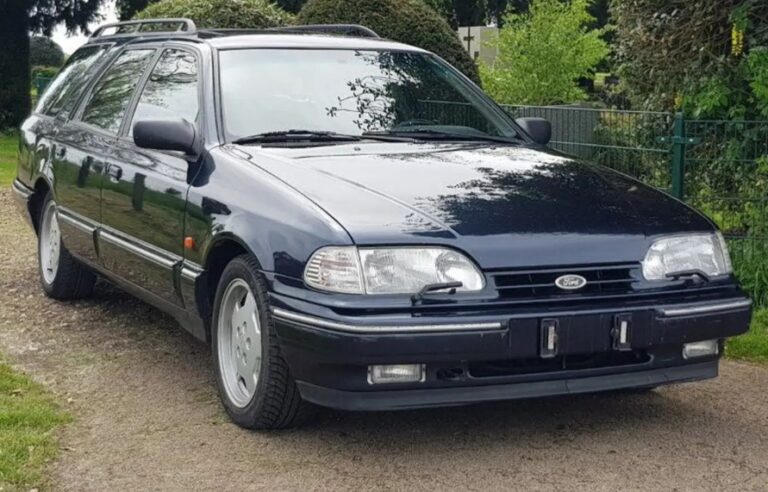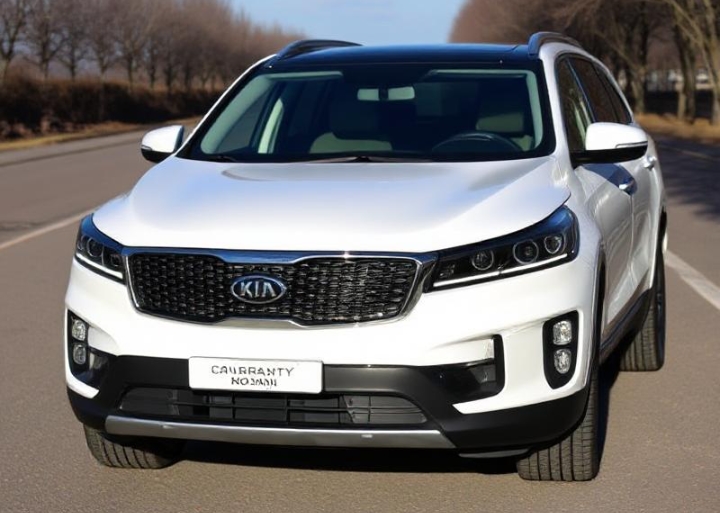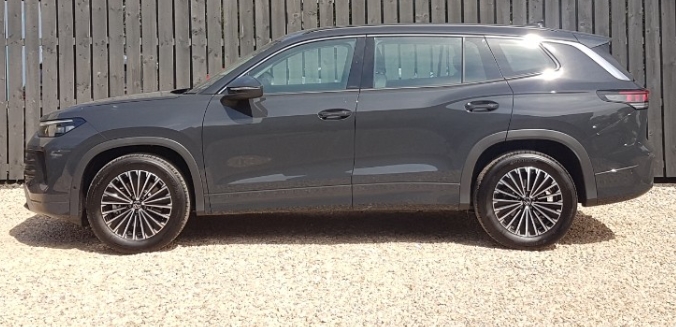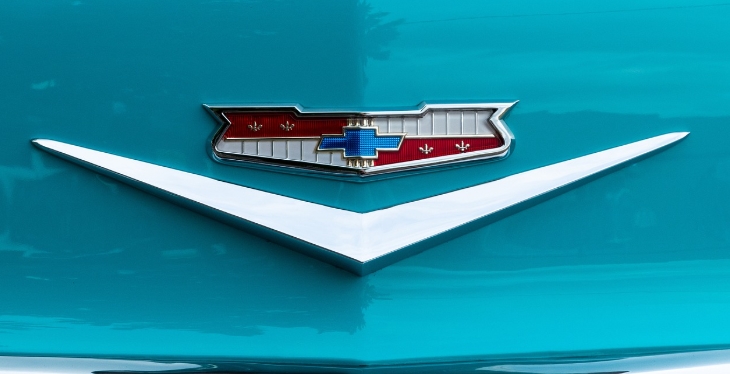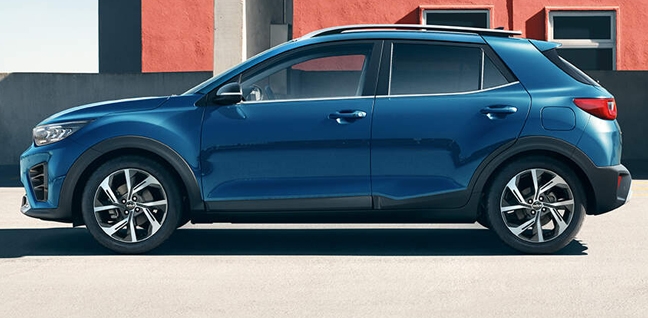The Evolution of the Chevrolet Orlando
The Chevrolet Orlando is a compact multi-purpose vehicle (MPV) that marked Chevrolet’s foray into the competitive segment of family-oriented crossovers and MPVs. Launched in 2011, the Orlando was designed to appeal to urban families looking for versatility, practicality, and a touch of style. Over its production life, the vehicle underwent various updates, model variations, and trim level adjustments that reflected market trends and Chevrolet’s strategic direction. This article provides a detailed overview of the Chevrolet Orlando’s evolution, covering its production years, model offerings, and trim levels.
Introduction and Market Positioning
Introduced globally in 2011, the Chevrolet Orlando was primarily developed for markets such as Southeast Asia, China, and parts of Europe. It was built on GM’s global small-car platform and positioned as a compact MPV with crossover aesthetics. Its key selling points included flexible seating configurations, modern styling, and a range of efficient powertrains.
Production Timeline Overview
| Year | Model Availability | Key Features and Updates | Markets Sold |
|---|---|---|---|
| 2011 | Launch in select markets | Initial launch; basic features | Southeast Asia, China, GM Europe (certain markets) |
| 2012 | Continued production | Introduction of new trim levels in some regions | Same as above |
| 2013 | Minor updates, increased trim options | Facelift in some markets | As above |
| 2014 | Discontinuation in some markets | Phase-out begins | Primarily Asian markets |
| 2015 | End of production in most markets | Final models sold | Limited markets |
| 2016+ | No longer in production | Discontinued globally | N/A |
Launch and Early Models (2011–2012)
The Chevrolet Orlando debuted in 2011, initially launched in Southeast Asia markets like Thailand and Indonesia, and later in China and parts of Europe. Its design combined the practicality of an MPV with the styling cues of a crossover SUV, featuring a bold front grille, modern headlights, and a streamlined body.
Initial Model Offerings:
- LS: The base trim, equipped with essentials such as air conditioning, power windows, and basic audio.
- LT: Added features like alloy wheels, upgraded audio systems, and additional interior comforts.
- LTZ: The top-tier trim, offering premium features including leather upholstery, fog lamps, cruise control, and larger alloy wheels.
Powertrain Options:
The early models primarily featured a 1.8-liter four-cylinder engine paired with a 5-speed manual transmission, with an optional 6-speed automatic transmission in higher trims. Some markets also offered a 2.0-liter diesel engine, especially in European and Asian markets.
Mid-Cycle Updates and Facelifts (2013–2014)
As the Orlando matured in the marketplace, Chevrolet introduced minor updates to keep it competitive. These included:
- Facelift in 2013: Featuring a refreshed front grille, bumper redesign, and updated headlights. The interior received minor enhancements, such as improved materials and new infotainment options.
- Trim Level Adjustments:
- The LS remained the entry-level version but with slight equipment upgrades.
- The LT gained additional features like touchscreen infotainment systems and Bluetooth connectivity.
- The LTZ continued to offer the highest level of luxury, with options for a premium sound system and leather seats.
- Engine Options:
The 1.8-liter petrol engine remained standard, with some markets receiving a 2.0-liter diesel option for better fuel economy and torque.
Special Editions and Market-Specific Models
Throughout its lifecycle, Chevrolet released various special editions and market-specific trims:
- Chevrolet Orlando Premier: Available in select markets, offering luxury appointments such as leather seats, premium audio, and advanced safety features.
- Chevrolet Orlando Activ: A rugged, crossover-inspired trim with unique styling elements like roof rails, skid plates, and off-road tires, aimed at appeal in markets favoring adventure vehicles.
.
MANY auto lovers not only spend time in their garages to tinker on their autos, but have other projects going on in there as well. Wood working is a popular pastime for the creative type of individual. Not sure what to make next? Or thinking about getting into this kind of hobby? There’s lots of possibilities… Here’s some of them…

.
Discontinuation and Market Withdrawal (2015–2016)
By 2014, the Orlando’s sales began to decline due to increased competition from compact SUVs and crossover models from other manufacturers. Chevrolet gradually phased out the model in most markets:
- European Markets: Production ceased by 2014, with the model being replaced by more modern crossover offerings like the Equinox.
- Asian Markets: Discontinued around 2015, as Chevrolet shifted focus to SUV models such as the Captiva and Trailblazer.
- Chinese Market: Continued limited sales until 2016, after which the model was officially discontinued.
Summary of Models and Trim Levels Offered
| Year Range | Model Variants | Notable Features & Notes |
|---|---|---|
| 2011–2012 | LS, LT, LTZ | Introduction of the basic, mid, and high trims; initial engine options included 1.8L petrol and 2.0L diesel. |
| 2013–2014 | LS, LT, LTZ, Premier, Activ | Facelifted models; new infotainment options; special editions introduced; some markets received 2.0L diesel engines. |
| 2015–2016 | Limited or phased-out models | Final trims included basic variants in remaining markets; discontinuation finalized by 2016. |
Key Features Over the Years
- Seating and Interior:
The Orlando offered flexible seating arrangements for 5 or 7 passengers, with fold-flat rear seats and versatile cargo configurations. Higher trims provided leather upholstery, climate control, and advanced infotainment systems. - Safety Equipment:
Standard safety features included anti-lock brakes (ABS), electronic stability control, multiple airbags, and optional rearview cameras in higher trims. - Technology:
Touchscreen infotainment systems, Bluetooth connectivity, USB ports, and premium audio options were introduced progressively, especially in later models.
Global Market Variations
While the Orlando was available in multiple regions, variations existed:
- Europe: Focused more on diesel engines, with a robust safety package and higher trims.
- Asia: Emphasized affordability and practicality, with base models often stripped down but with optional upgrades.
- China: Received specific configurations tailored to local tastes, including unique styling elements and features.
Legacy and Succession
Although the Chevrolet Orlando was discontinued in most markets, it laid the groundwork for Chevrolet’s future crossover and SUV strategies. Its versatility and modern styling influenced subsequent models in Chevrolet’s lineup.
In Conclusion
The Chevrolet Orlando was a notable effort by General Motors and Chevrolet to capture a segment of the market seeking a compact, versatile family vehicle that combined the practicality of an MPV with the styling and appeal of a crossover. Produced from 2011 through 2016 across various markets, it offered a range of models and trim levels, from basic to luxury, with features evolving over its lifecycle. Despite its eventual discontinuation, the Orlando remains a representative example of early 2010s crossover MPV design and market positioning.


